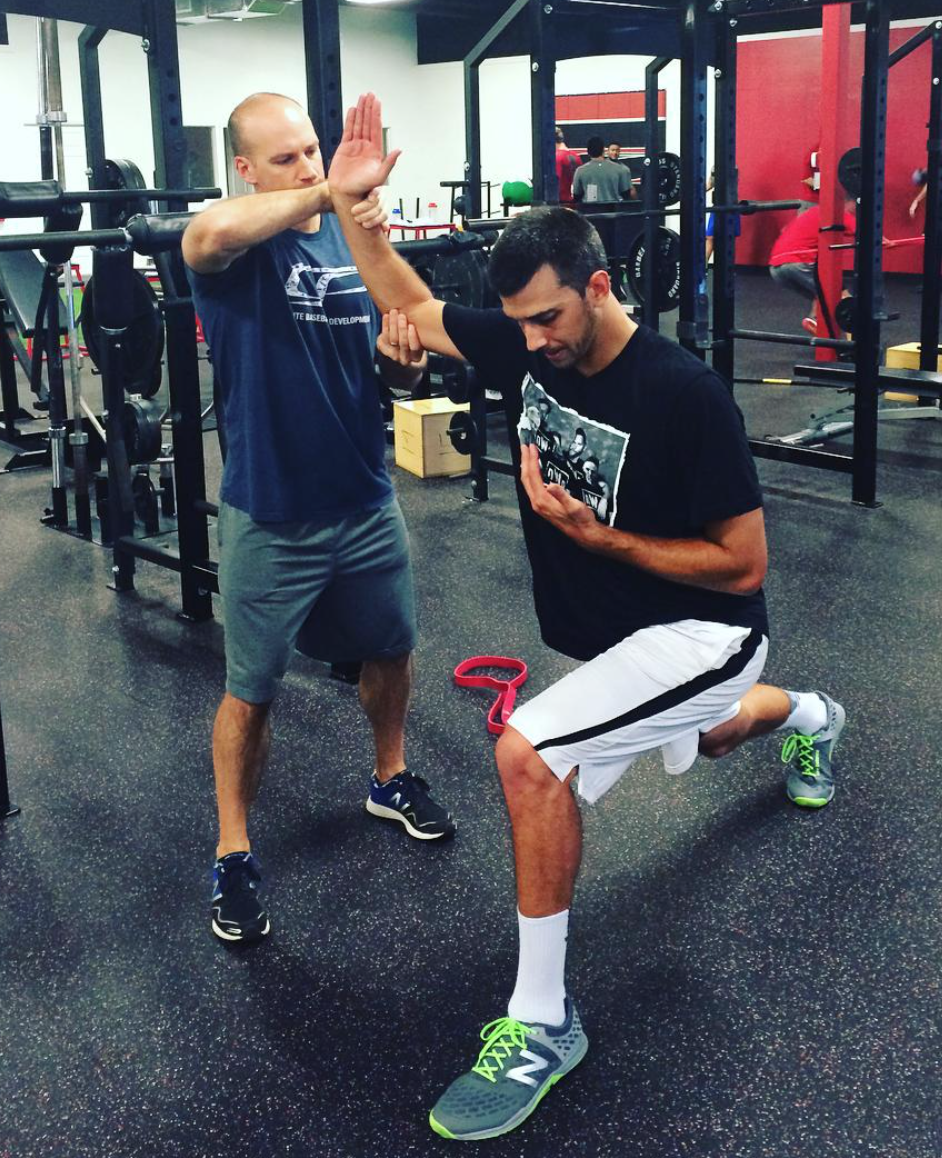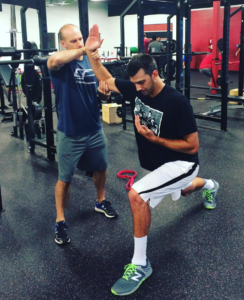
Simplified Shoulder Solutions
I’ve devoted a lot of my articles to shoulder assessment, training, and programming over the years. Some have been lengthy articles (like my lat strain feature), others have been quick hit posts (like this bear crawl vs. crab walk one), and some have been video technique tutorials and common mistakes, like this:
When you’ve been at something a long time, the natural tendency is to chase increasing complexity. The more complexity you chase, the more novelty you encounter – and that novelty is what keeps folks engaged when they “specialize” in the same joint over an entire career. One thing I’ve done well in this regard is to chase complexity in my own education, but kept our application of these principles simple in the way we evaluate and coach athletes. Because, at the end of the day, this is what it comes down to:
Shoulder health is about keeping the ball on the socket. Period.
Keep in mind that we’re speaking specifically to the glenohumeral (ball and socket) joint, when in reality the entire shoulder girdle is comprised of many different articulations). As I mentioned, though, the point of this blog is to simplify this discussion.
There are a lot of factors that impact how well one is able to do that. It could be cuff strength, scapular control, ligamentous laxity, previous injury, bony changes, faulty thoracic positioning, tissue density, core control, and a host of other issues. These things all – in one way or another – impact how the ball and socket interact.
As strength and conditioning and rehabilitation specialists, you still need to understand the most common injuries incurred at the shoulder. You must appreciate population specific norms. And, you need to understand the assessments that determine whether static posture and movement quality are where they need to be. However, you should never get away from always bringing these concepts back to the fact that they all have to do with ball-and-socket interaction.
As Einstein once said, “If you can’t explain it simply, you don’t understand it well enough.” That’s both the goal of this particular blog, and also in my resource, Sturdy Shoulder Solutions. You can learn more at www.SturdyShoulders.com.




